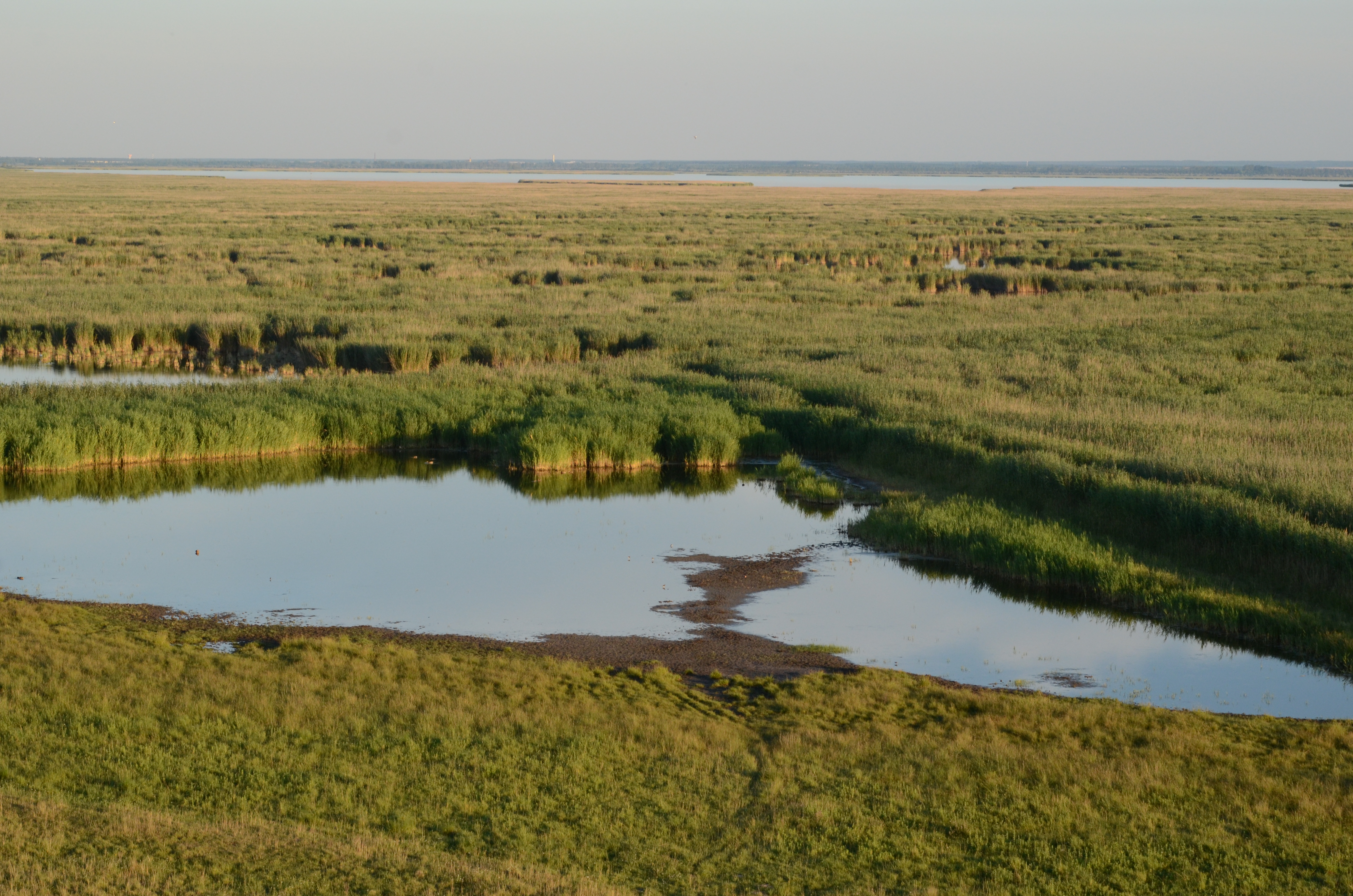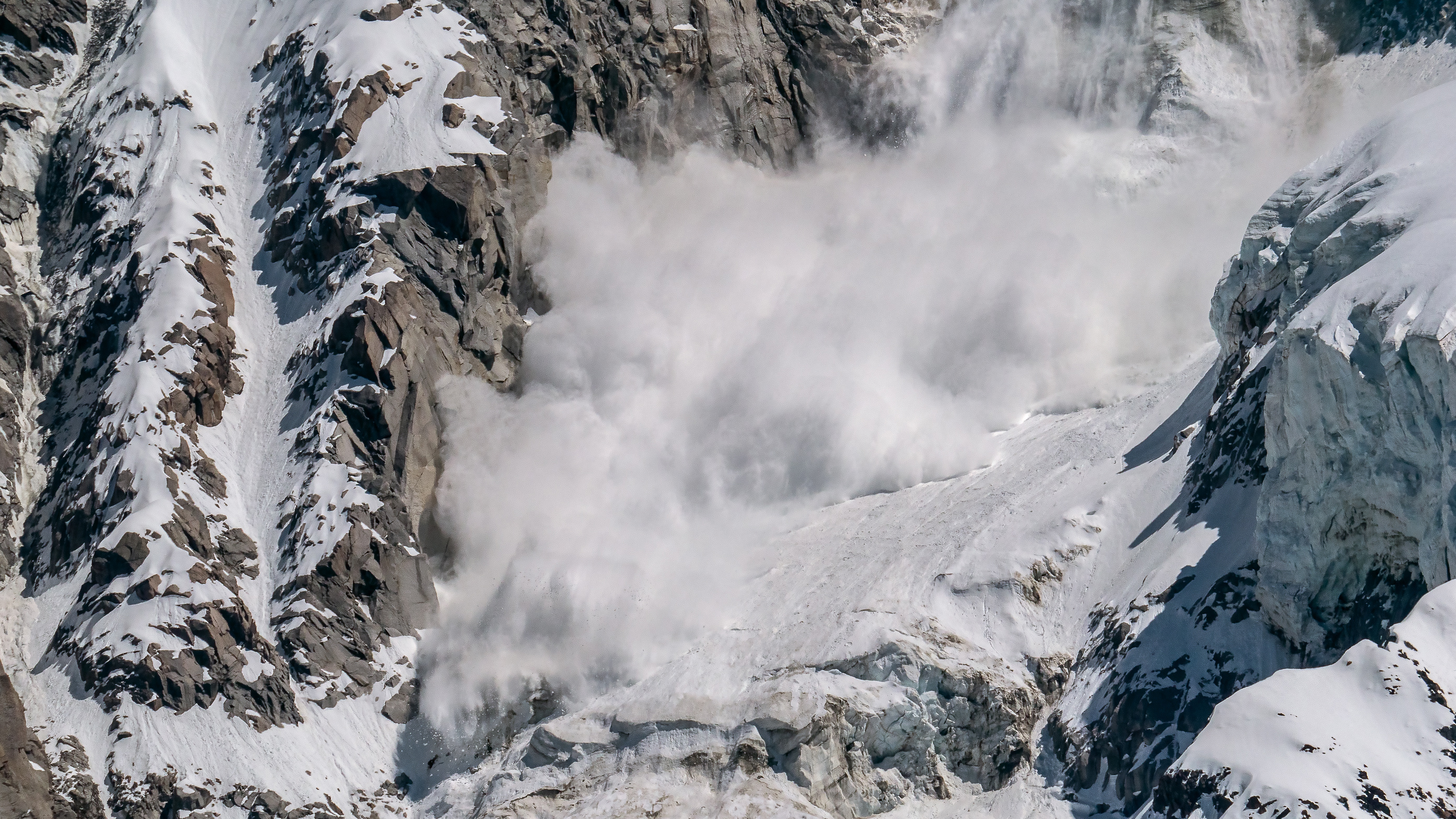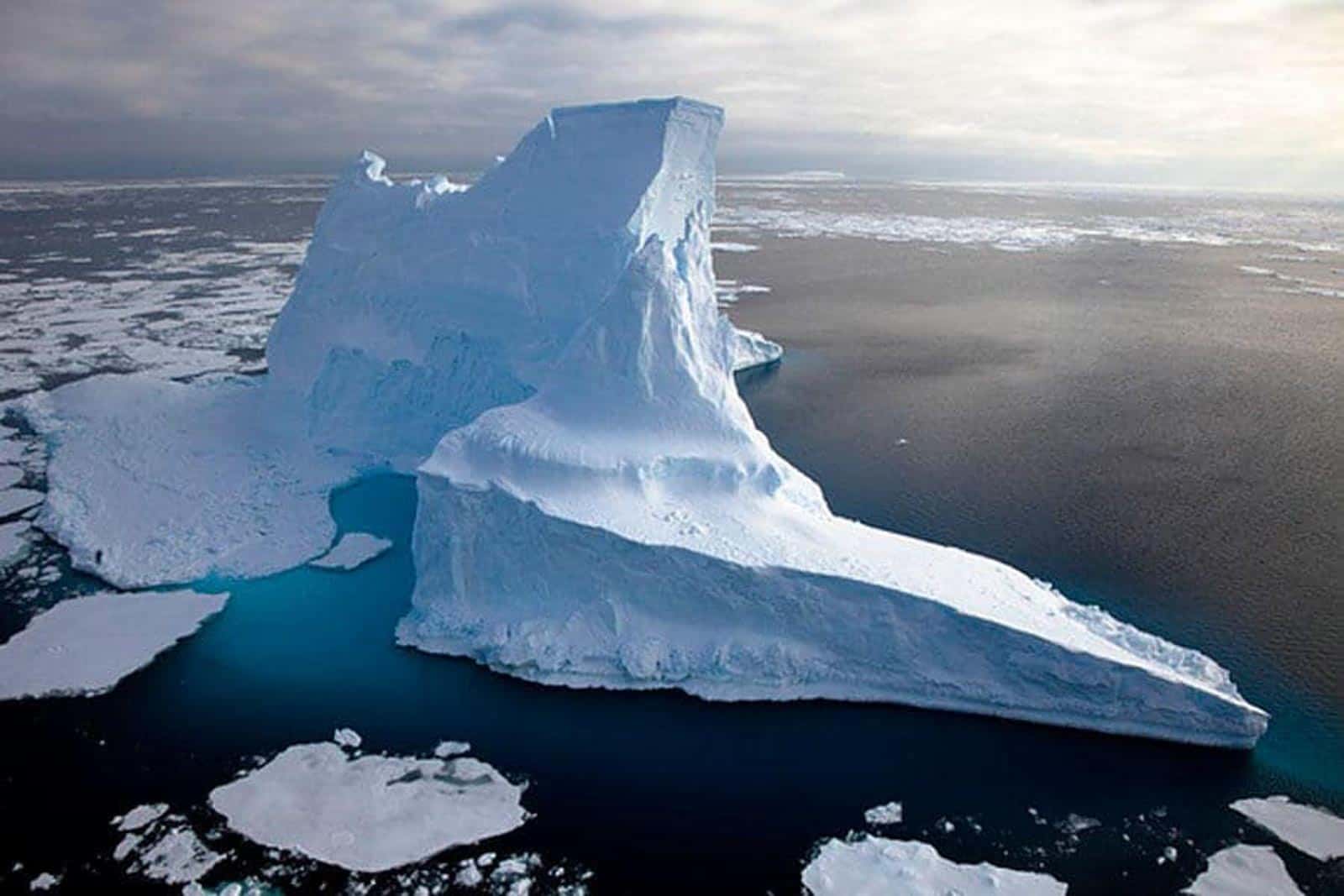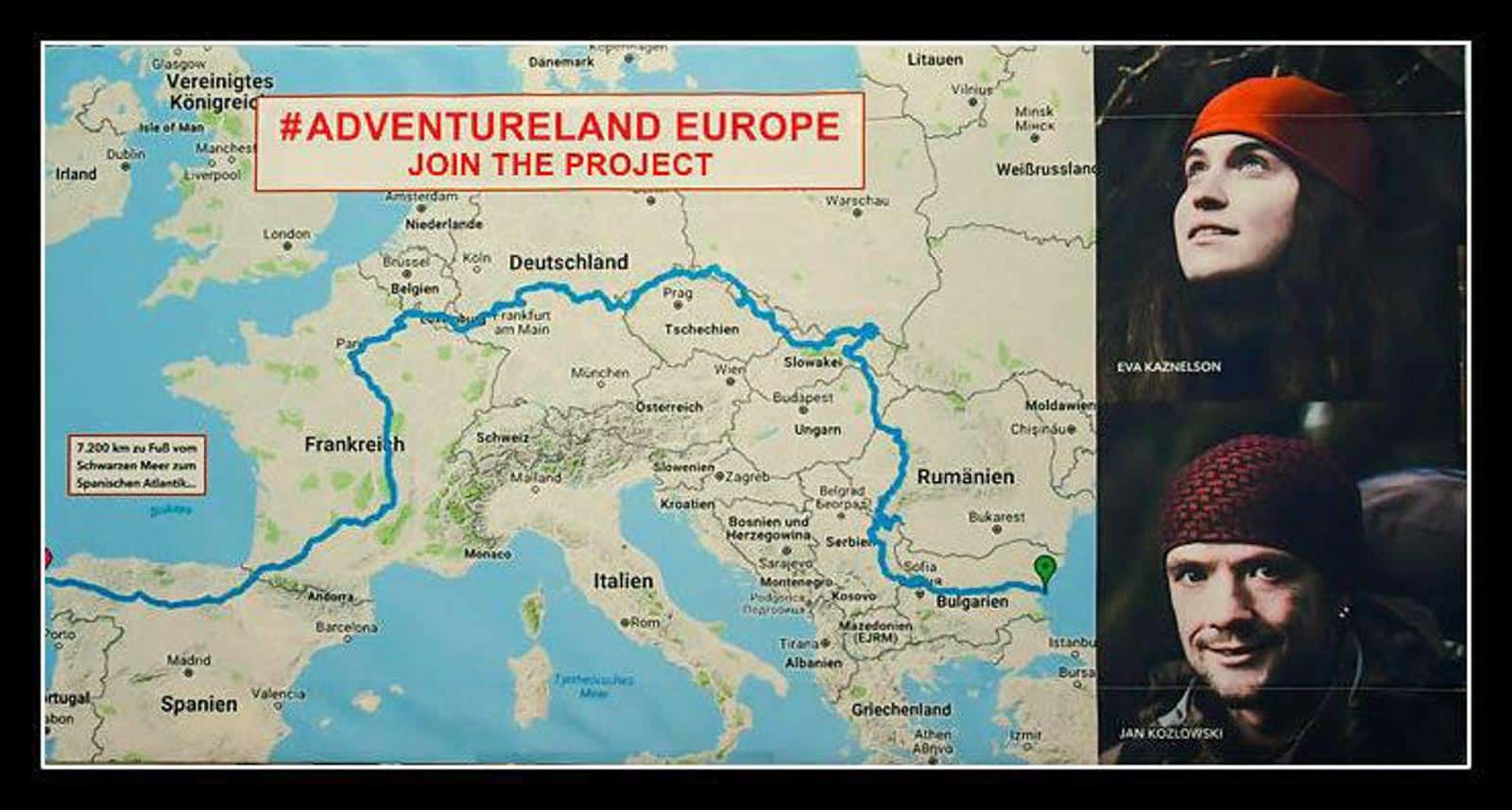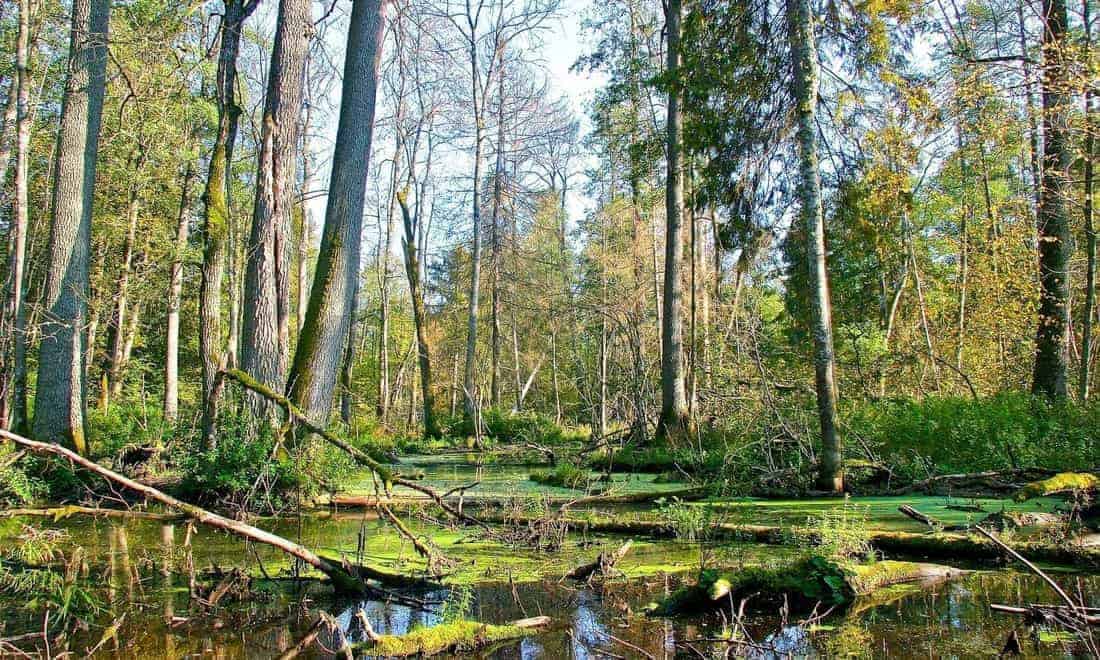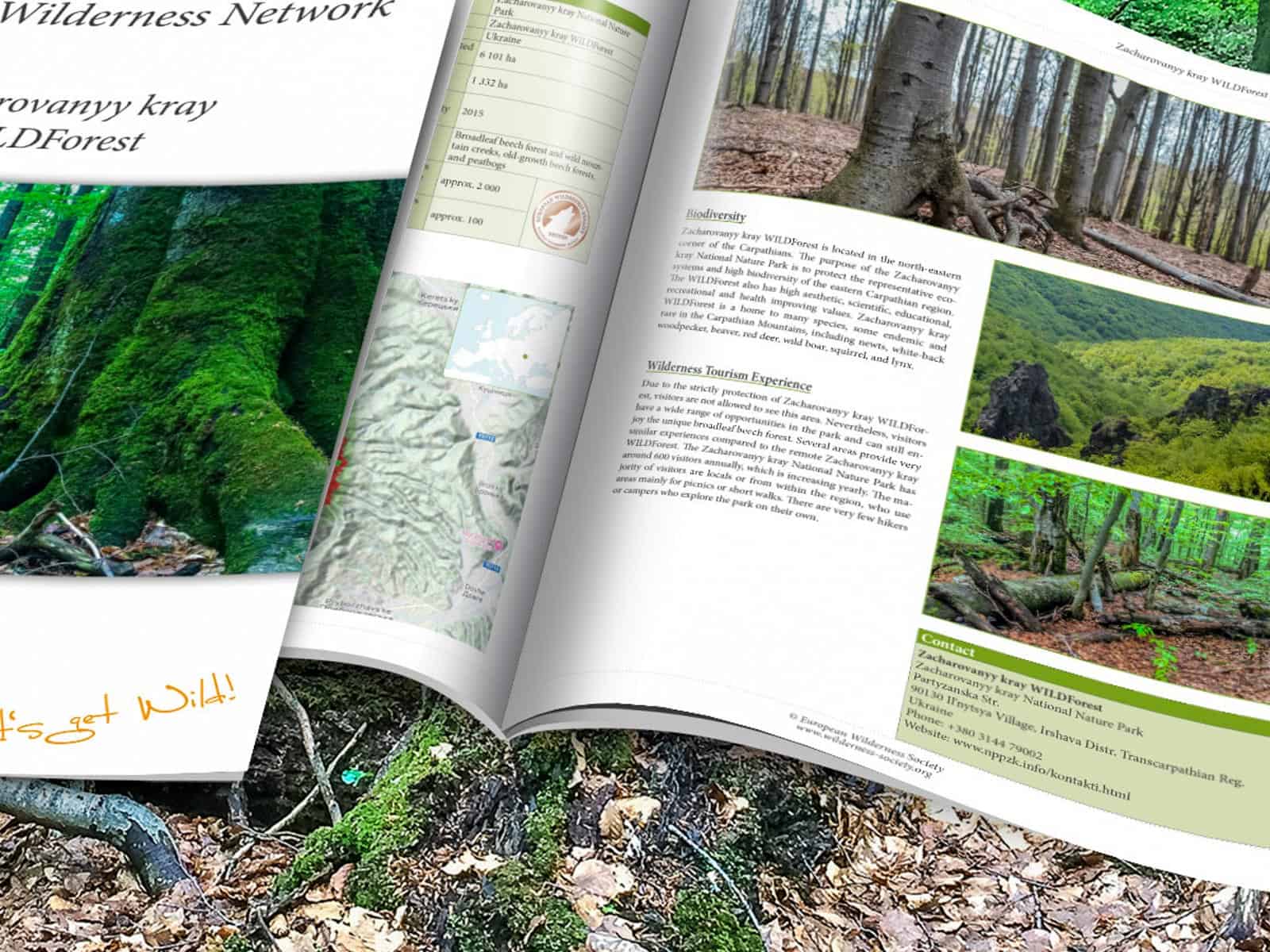Wilderness in National Park Hainich, Germany
Almost 5000 ha of un-fragmented broadleaf and mixed forest, part of the UNESCO World Heritage Site “Primeval Beech Forests of the Carpathians and the Ancient Beech Forests of Germany” since 2011! That should be a short, one sentence characteristic of the potential Wilderness in Nationalpark Hainich.
National Park Hainich was founded on December 31, 1997, as the 13th national park in Germany and the only one in Thuringia. One of the main objectives of the park is the protection of native beech forest. In 2011, the park was added to the UNESCO World Heritage Site List “Primeval Beech Forests of the Carpathians and the Ancient Beech Forests of Germany”.

In Nationalpark Hainich, over 90 percent of the area is not in economic use! It is an area where nature is returning to its roots, it may and shall proliferate as Wilderness, true to the motto of all German national parks “Leaving nature to its own devices”.
Our intention is during these days together with Mr. Manfred Großmann and his staff to identify and later on, audit and promote Hainich Wilderness!

Nationalpark Hainich: Primeval woodland of Germany
Wilderness has become very rare in a densely-populated Europe. In contrast to economic forests, the woodland in Nationalpark Hainich may develop back into a “primeval woodland in the heart of Germany”. This forest is for future generations and it now is following it own rules: It is allowed to grow old naturally, trees are free to fall down when their time has come and deadwood stays here. This is how diverse new life can emerge. Our Wilderness of tomorrow is in the making here.
We have discussed during our meeting and very first short field assessment many issues relevant to the Wilderness quality standards such as history current management challenges in the future of this area. About all very important was fully understand a long term vision of this area.


